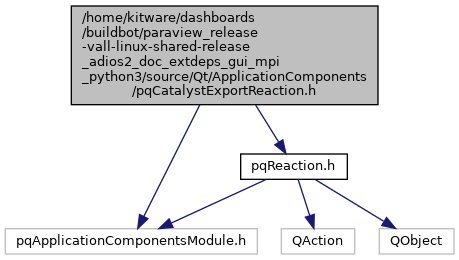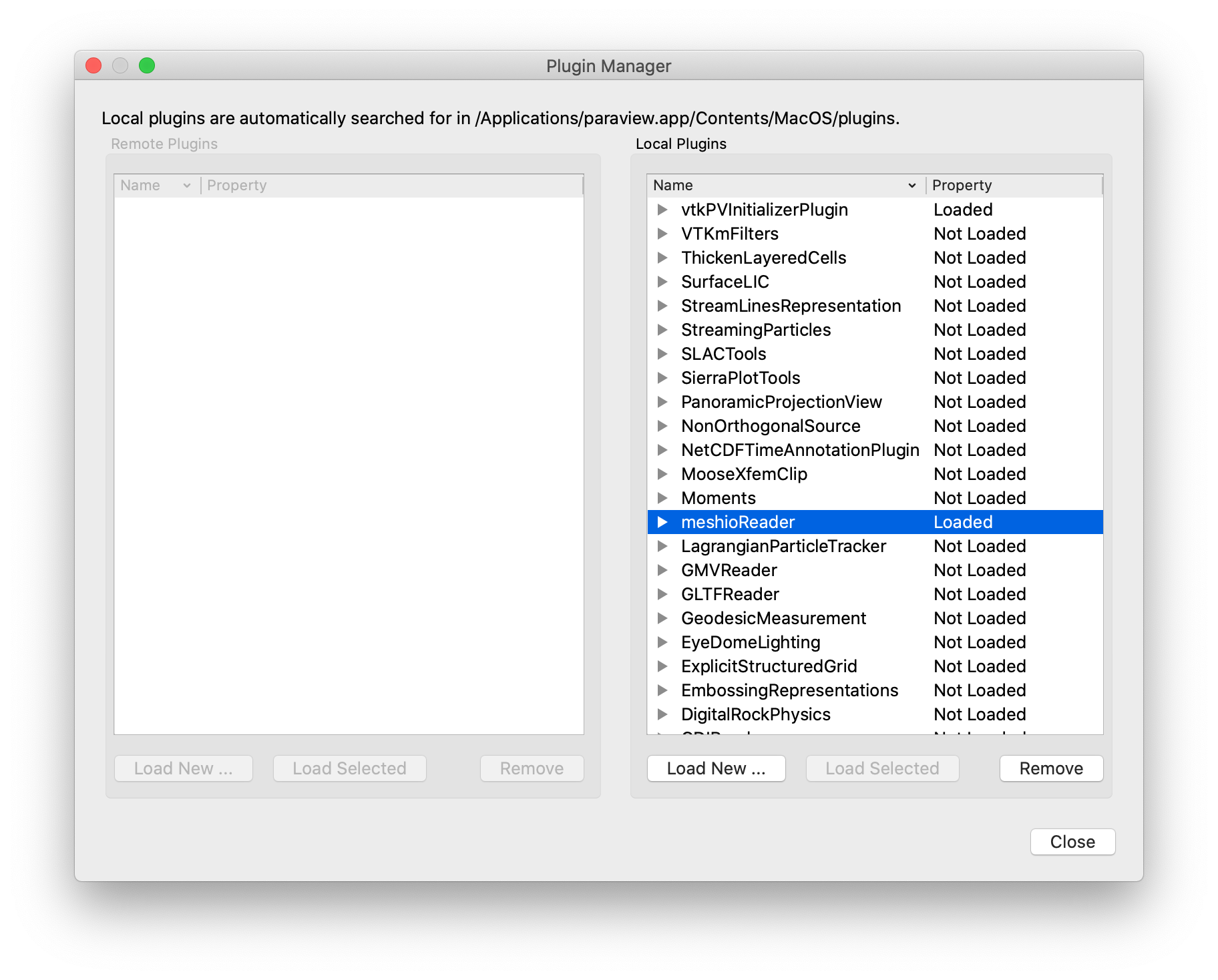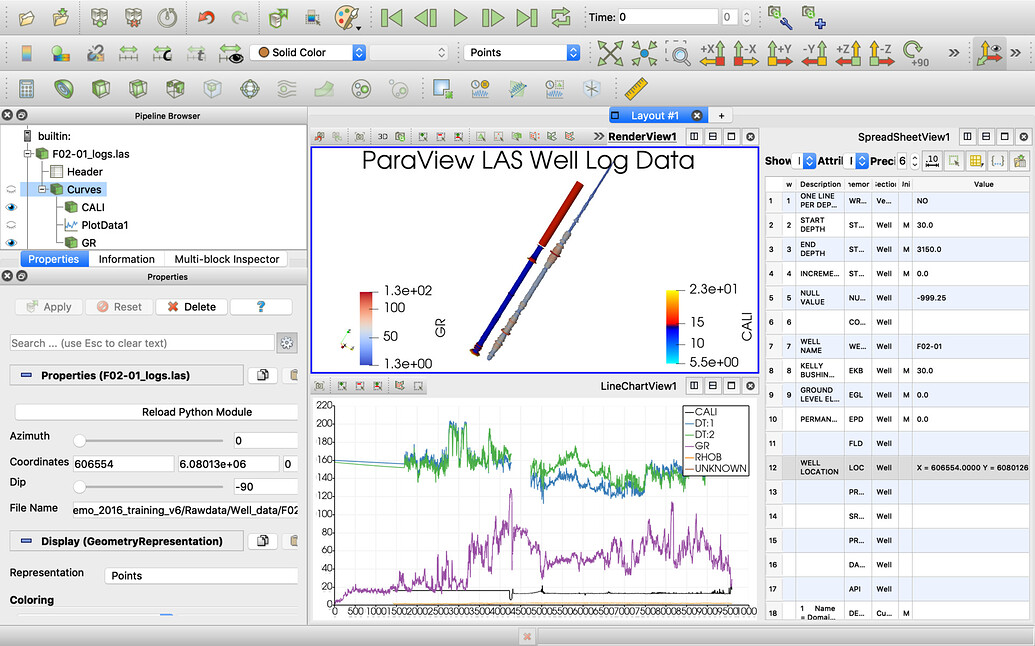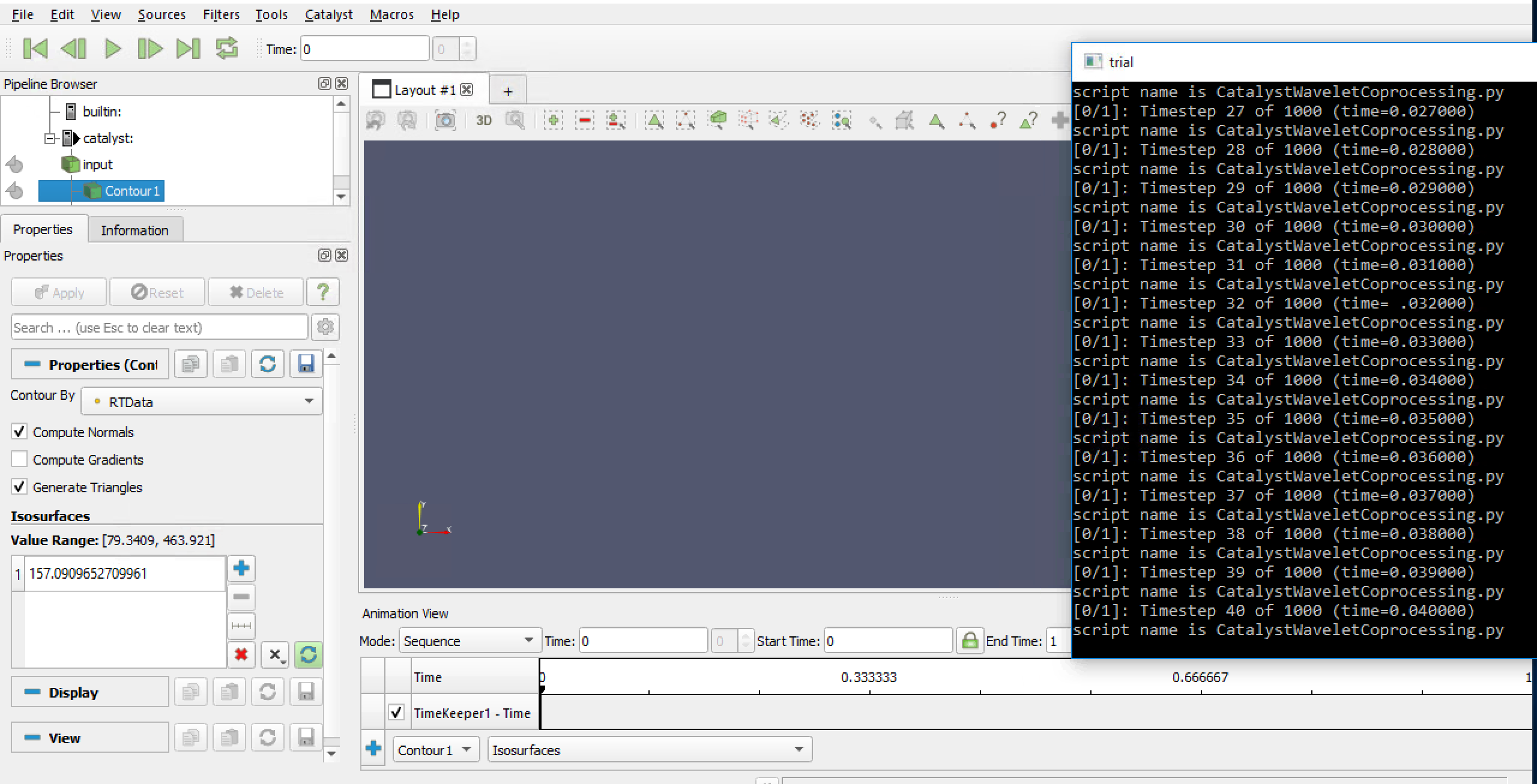

For extract generators that save rendering results, this same as the File | Save Screenshot. For extract generators that write data, these are not much different than writers you use when you click File | Save Data. In future, there may be other types of triggers. You can pick the start time-step, end time-step, or frequency. Current implementation only support time related controls.
#Paraview catalyst sc16 generator
Trigger defines when the extract generator should be activated (or executed). Thus, Extracts Inspector acts as the Properties Panel for extract generators.Įach extract generator has two parts: trigger and writer. Extracts Inspector panel lets you view/create/remove extract generators (see issue for UI mockups) for the active source and / or active view. On activation, it generates the data-product / extract it is intended to produce. An extract generator can be thought of as a sink, its input is either a data-source or a view. Extract generators are first class entities in ParaView, similar to sources, representations or views. Now, If you want to repeat this for another time-step, you have repeat those actions again! The only alternative is write a custom Python script or macro to capture the repeated actions, but is not trivial for most users.Įxtract Generators help us alleviate this problem. Currently, you have to do that one after another manually by triggering the save-data action one at a time for each for the producers. vtk for several of the data producers in the pipeline. Now consider this use-case: for a visualization pipeline, you want to save out a. They are not part of the visualization state. Since they are actions, once you do them, they are done! Meaning that they don’t get saved in state files or restored across sessions when a state is loaded. Traditionally, the only way for generating such extracts in ParaView was through explicit actions such as menu actions or toolbar buttons in the GUI or specific function calls in Python. vtk file, for example, you are generating a data-extract. Thus, in ParaView, when you save out a screenshot, you are creating an extract in form of a. Extracts and Extract GeneratorsĪ bit of background on extracts for those who are not familiar with the concept of exports introduced in ParaView 5.7.Įxtracts are data-products or outputs generated as a result of the data analysis or visualization process. To avoid confusion with that, let’s just use a different term: extracts. We already have a concept of “export” in ParaView e.g Export Scene where we export visualization as PDF, X3D, GLTF etc. Before I went too far along with these changes, I wanted to make everyone aware of these changes and solicit suggestions / objections etc.īefore we discuss the details, from now on we will call exports as extracts.

I started working on it a week or so ago and that snow balled into several other cleanups to Catalyst and especially Python scripts for Catalyst. We have been discussing a way to improve the Exports Inspector on this issue. That gives us an opportunity to revamp the UX and make it easier to use before it’s broadly adopted. That, for once, has been a boon in disguise.


The documentation and user guide have been a bit lagging on this. If you’re not too familiar with it, you’re not to blame. A release or so ago (I believe it was with 5.7) we introduced a concept of exports that is available through the Exports Inspector.


 0 kommentar(er)
0 kommentar(er)
